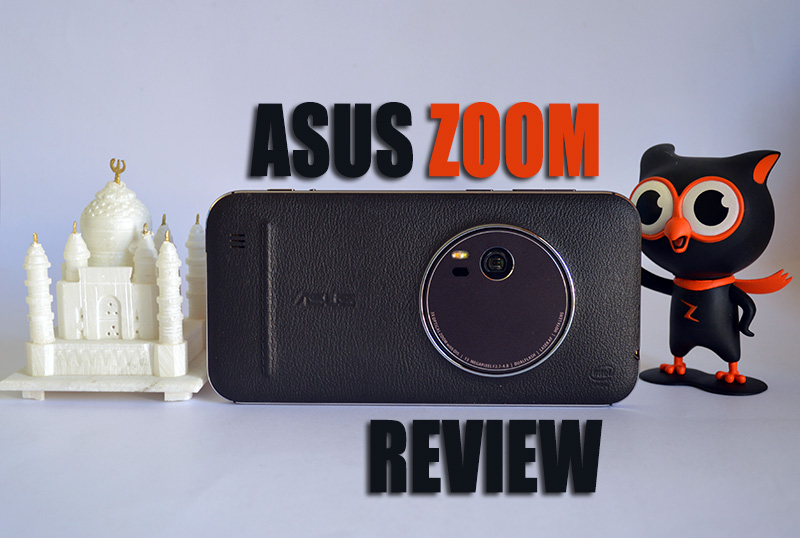
Design and Build
- Aluminum frame
- Leather finish back
- 12 mm
- 185 grams
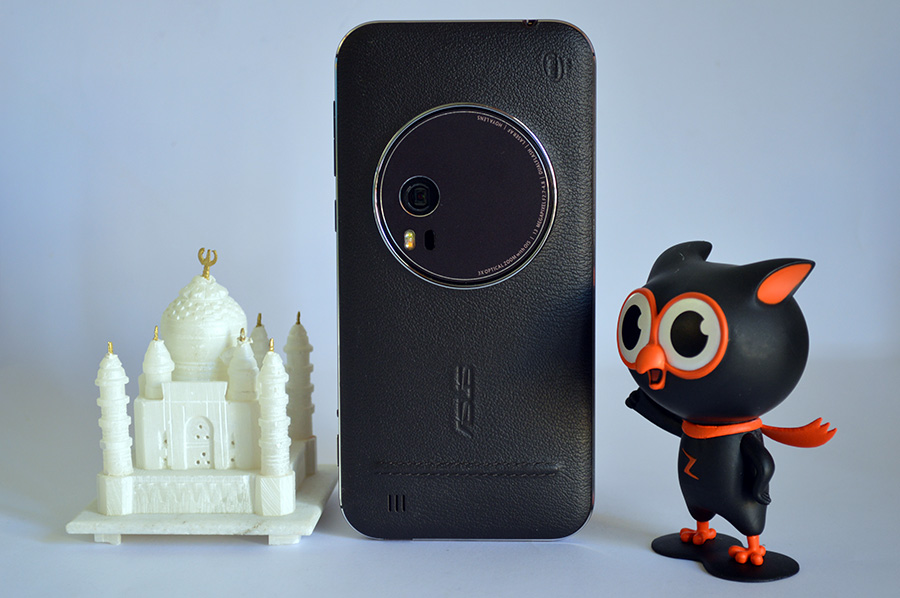 The big lens ring at the back is the most distinguishing look of the device and also the engineering feat that Asus has achieved. I shall talk more about the 10-element lens and 3X optical zoom in detail at the camera section. From the design point of view, the 12mm thickness containing this camera module is very remarkable. The 3X optical zoom doesn’t leave the protective housing even when zoomed in. While Asus emphasized on the premium leather they used and also showcased the various prototypes and choice of leather materials that they considered while making this device, I am not sure if it is genuine leather or faux leather binded over plastic but whatever it might be, the feel of the rear gives it a very camera like identity. There is Intel and Asus branding and too and also houses rear facing speaker grille. There is a small hump with a stitch finish around it, not sure why that exists, may be to balance the device when kept down.
The big lens ring at the back is the most distinguishing look of the device and also the engineering feat that Asus has achieved. I shall talk more about the 10-element lens and 3X optical zoom in detail at the camera section. From the design point of view, the 12mm thickness containing this camera module is very remarkable. The 3X optical zoom doesn’t leave the protective housing even when zoomed in. While Asus emphasized on the premium leather they used and also showcased the various prototypes and choice of leather materials that they considered while making this device, I am not sure if it is genuine leather or faux leather binded over plastic but whatever it might be, the feel of the rear gives it a very camera like identity. There is Intel and Asus branding and too and also houses rear facing speaker grille. There is a small hump with a stitch finish around it, not sure why that exists, may be to balance the device when kept down.
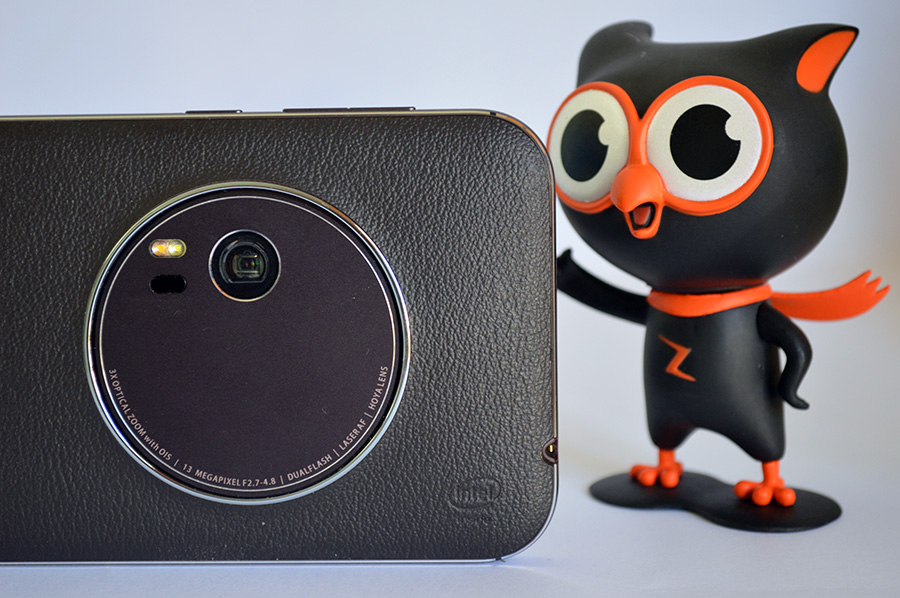 When we talk about a camera phone, there should be a physical button to control the camera. Asus has got it. It also gets a video record button in red. You can fire the camera from the lock screen by simply pressing these hardware buttons.
When we talk about a camera phone, there should be a physical button to control the camera. Asus has got it. It also gets a video record button in red. You can fire the camera from the lock screen by simply pressing these hardware buttons.
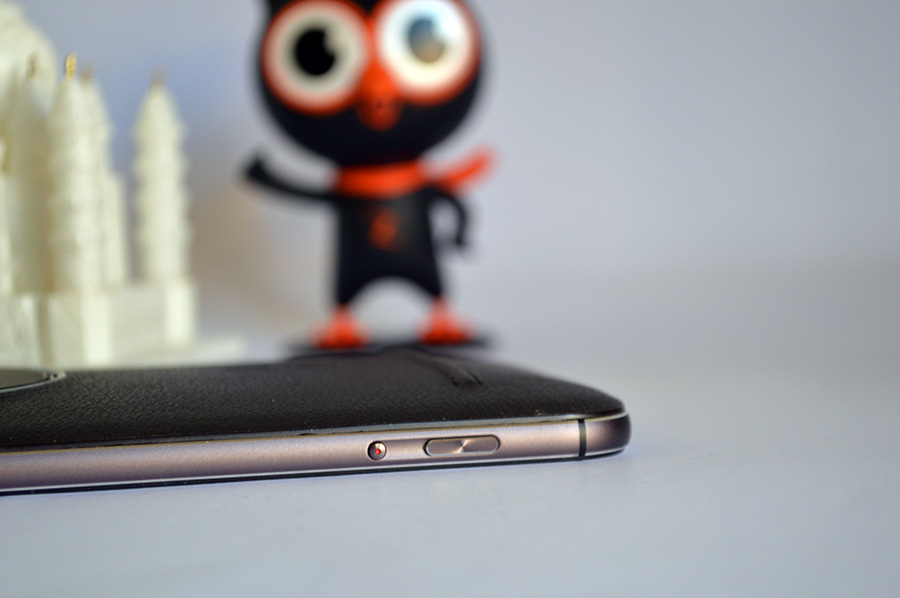 Asus has also brought back the lanyard eye for the loop, something reminiscing the bygone era. Carrying it with the loop also gives a feel of holding a camera rather than a Smartphone.
Asus has also brought back the lanyard eye for the loop, something reminiscing the bygone era. Carrying it with the loop also gives a feel of holding a camera rather than a Smartphone.
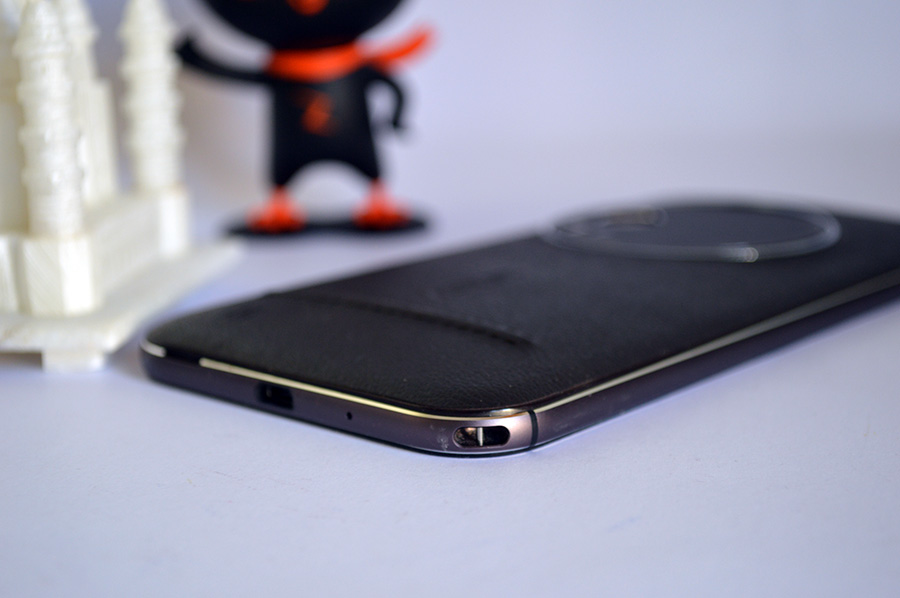 The corners are smooth. The bottom has the microUSB port and a microphone, top a 3.5mm audio jack and another microphone. There are no sharp edges anywhere to make it uncomfortable to hold. The front has three touch buttons, not backlit but they are well marked in silver tones. Then there is the signature concentric-circle
The corners are smooth. The bottom has the microUSB port and a microphone, top a 3.5mm audio jack and another microphone. There are no sharp edges anywhere to make it uncomfortable to hold. The front has three touch buttons, not backlit but they are well marked in silver tones. Then there is the signature concentric-circleDisplay
- 5.5 inches
- IPS screen
- 1080 x 1920 pixels
- 403 ppi
- Corning Gorilla Glass 4
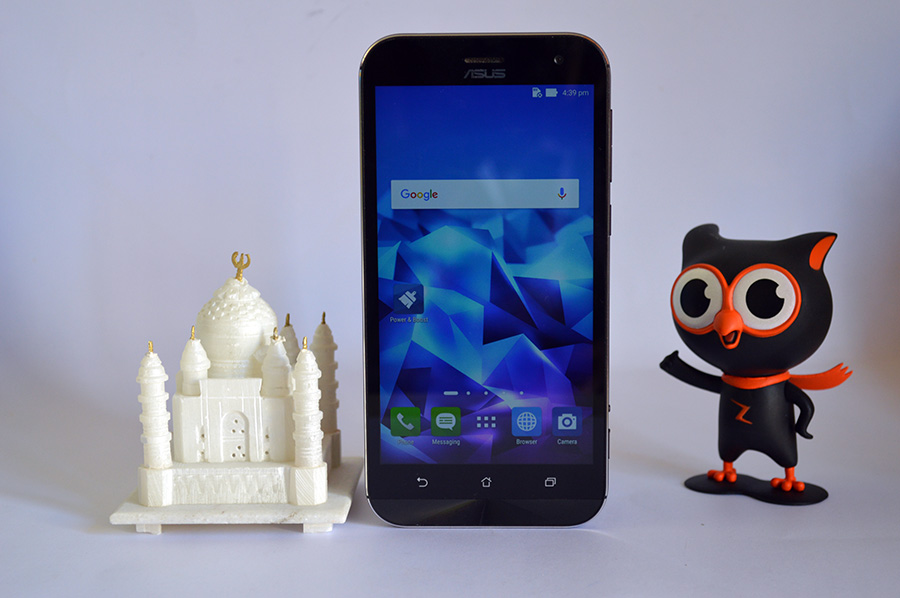 Software
Software
- Android 5.1
- ZenUI
Hardware and Performance
- Intel Atom Z3580
- Quad-core 2.3 GHz
- PowerVR G6430
- 4GB RAM
- 32GB / 64GB / 128GB (In India, currently only the 128GB is available)
- microSD slot available.
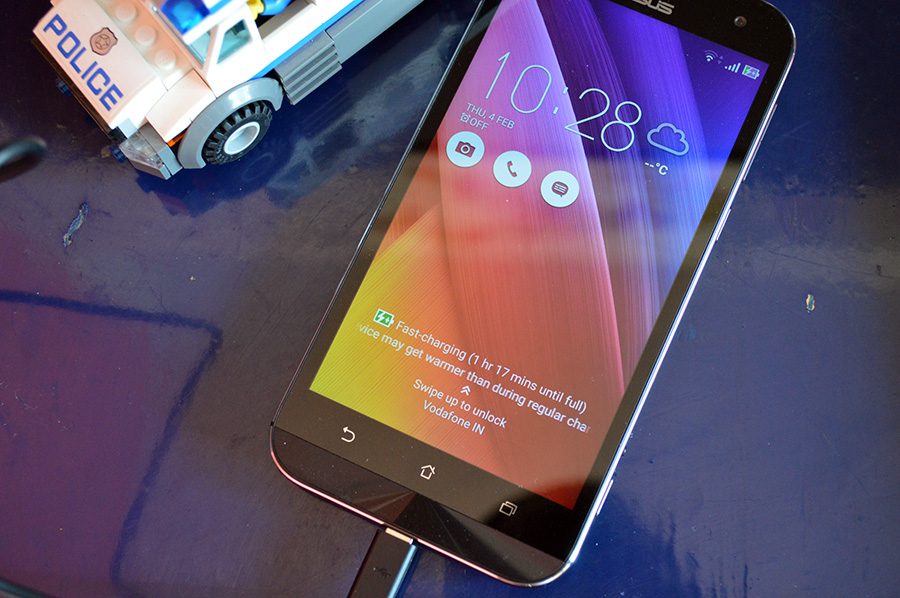 The Zoom comes with 3000mAh battery and its performance is probably the most weakest link of this device. It drains faster and the stand alone camera also adds to the battery drain if you are a shooter on the move. The saving grace is the fast charging. It is super fast. In 30 minutes you can replenish almost 50% battery life and even a 10 minutes charge can do wonders.
The Zoom comes with 3000mAh battery and its performance is probably the most weakest link of this device. It drains faster and the stand alone camera also adds to the battery drain if you are a shooter on the move. The saving grace is the fast charging. It is super fast. In 30 minutes you can replenish almost 50% battery life and even a 10 minutes charge can do wonders.
Camera
- 13MP rear camera
- Laser auto focus
- OIS
- dual-LED flash
- 3x optical zoom
- 12X total zoom with digital zoom combined
- f/2.7-4.8, 28-84mm
- 10P HOYA lens
- 5MP front camera
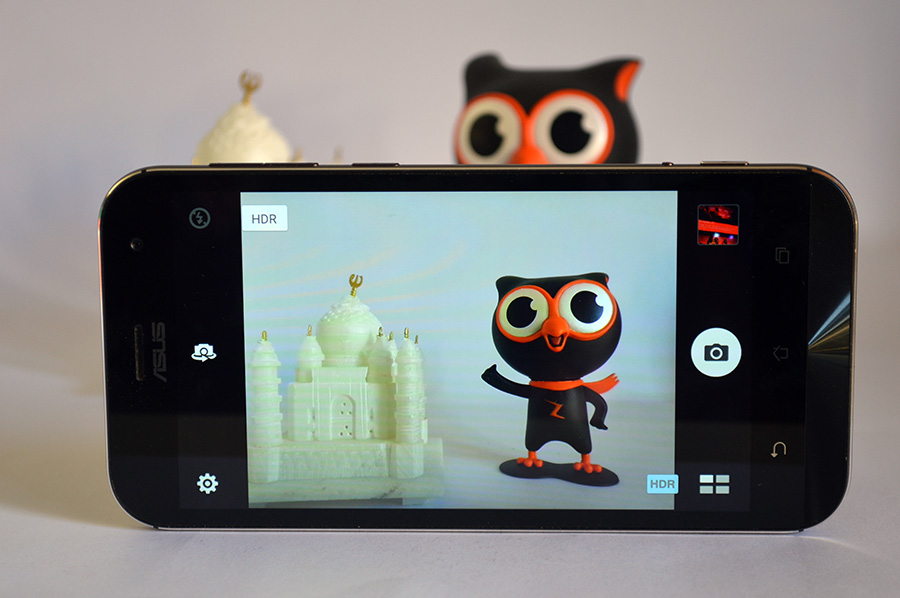 Finally we are at what the Zoom is all about – the camera. Lot of research, experimentation and innovation has gone into making of the Zoom’s camera module. At the launch event, I had the chance to take a look at the various prototypes Asus had made before arriving at this design. It gave insights on the big thought process and man hours that had gone into the making of this device. To deliver a 3X optical zoom in a Smartphone that also has to be ergonomically easier for the daily use as a phone.
What I really appreciate was the 3X optical zoom does not stick out of the protective casing even when maxed out. The credit for the camera technology should go to the guys at Hoya, a Japanese company who worked with Asus to deliver the 10-element lens to be housed inside. The aspheric, molded-glass lens system is paired with a dual high-precision stepper motors and arranged in a periscopic arrangement to achieve this.
Finally we are at what the Zoom is all about – the camera. Lot of research, experimentation and innovation has gone into making of the Zoom’s camera module. At the launch event, I had the chance to take a look at the various prototypes Asus had made before arriving at this design. It gave insights on the big thought process and man hours that had gone into the making of this device. To deliver a 3X optical zoom in a Smartphone that also has to be ergonomically easier for the daily use as a phone.
What I really appreciate was the 3X optical zoom does not stick out of the protective casing even when maxed out. The credit for the camera technology should go to the guys at Hoya, a Japanese company who worked with Asus to deliver the 10-element lens to be housed inside. The aspheric, molded-glass lens system is paired with a dual high-precision stepper motors and arranged in a periscopic arrangement to achieve this.
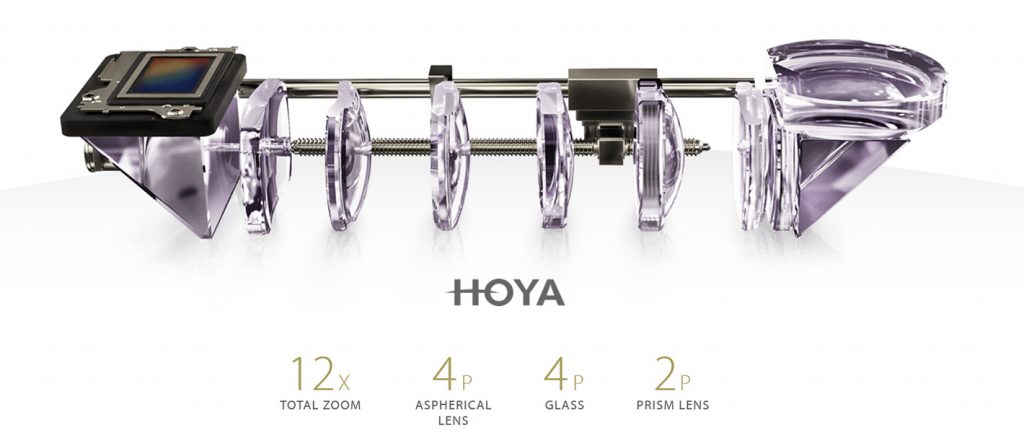 But how does it perform in the real world?
Let’s begin with the optical zoom. The following image is taken without any zoom, straight out of the camera on auto mode.
But how does it perform in the real world?
Let’s begin with the optical zoom. The following image is taken without any zoom, straight out of the camera on auto mode.
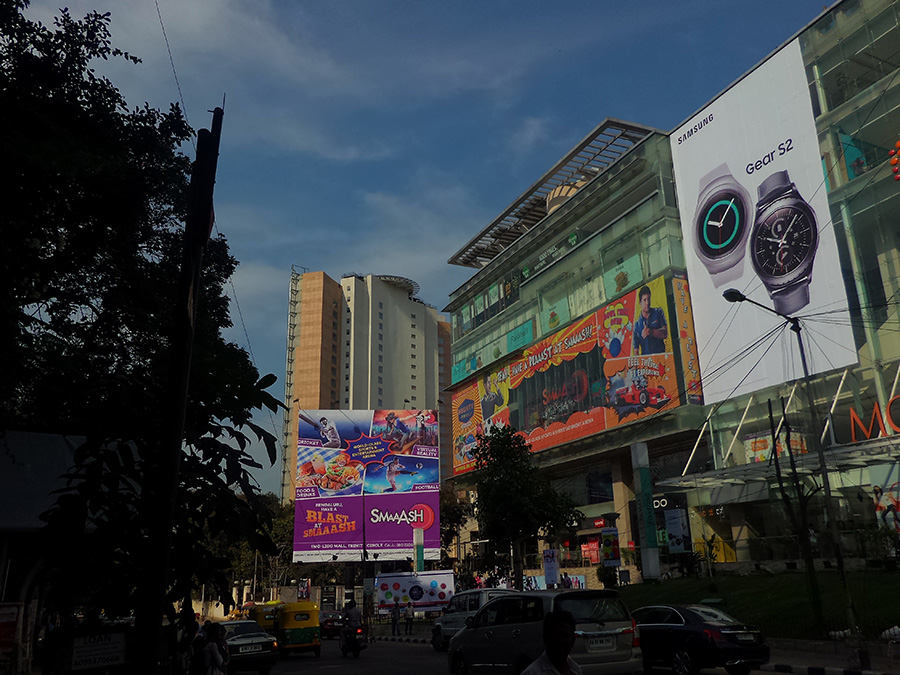 And here I got closer with the 3X optical lens.
And here I got closer with the 3X optical lens.
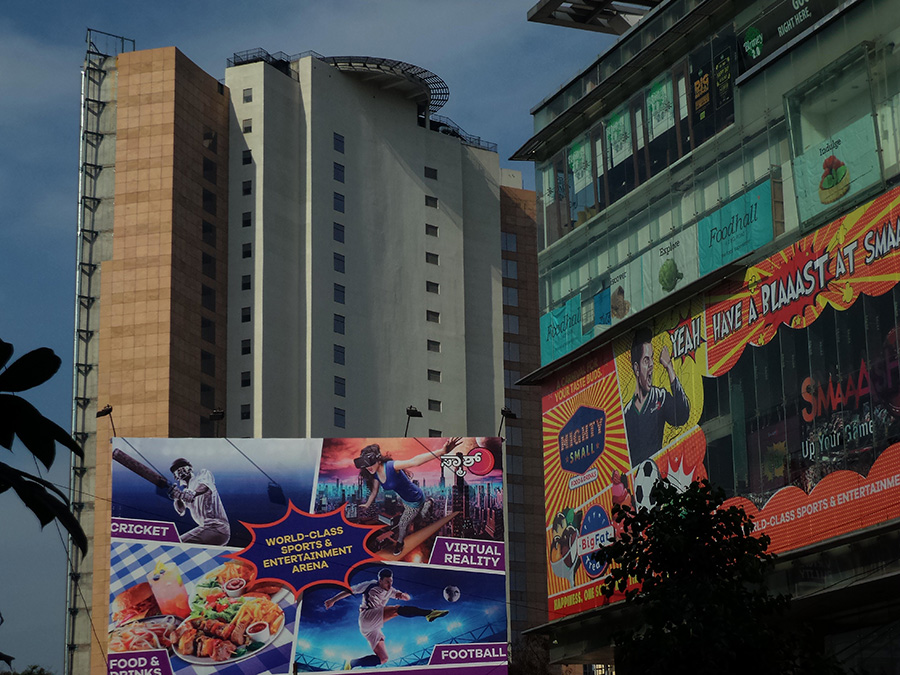 In the following picture, you can see how the optical zoom and digital zoom comes in play. The digital zoom on 12x level creates a loss in quality which is natural but gets you more closer to the object.
In the following picture, you can see how the optical zoom and digital zoom comes in play. The digital zoom on 12x level creates a loss in quality which is natural but gets you more closer to the object.
 The color reproduction are good but the shaded areas are not well-lit.
The color reproduction are good but the shaded areas are not well-lit.
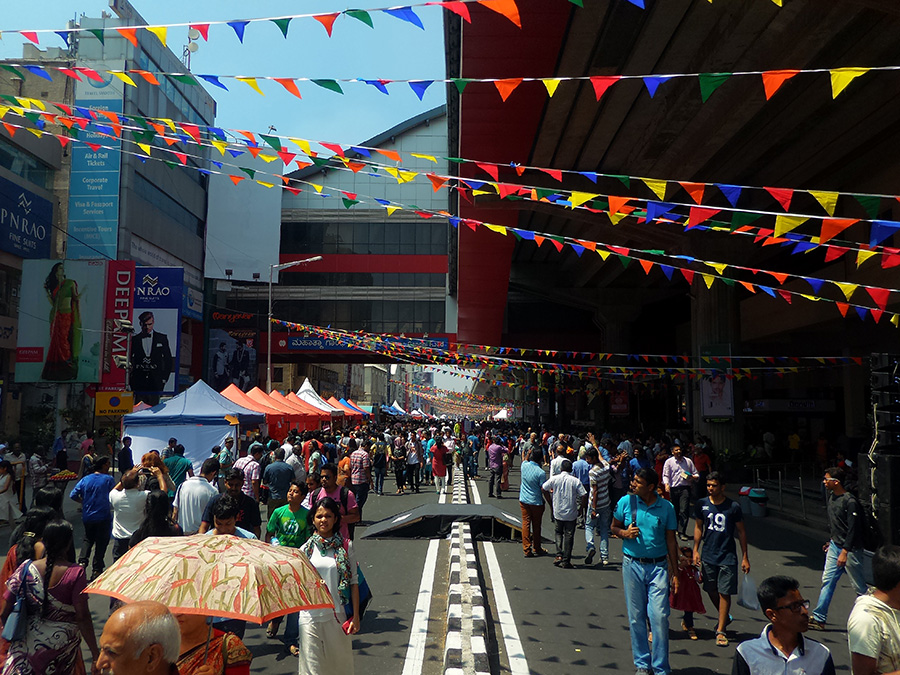 The HDR mode helps in brightening up the poorly lit areas but also has a bit of ghosting.
The HDR mode helps in brightening up the poorly lit areas but also has a bit of ghosting.
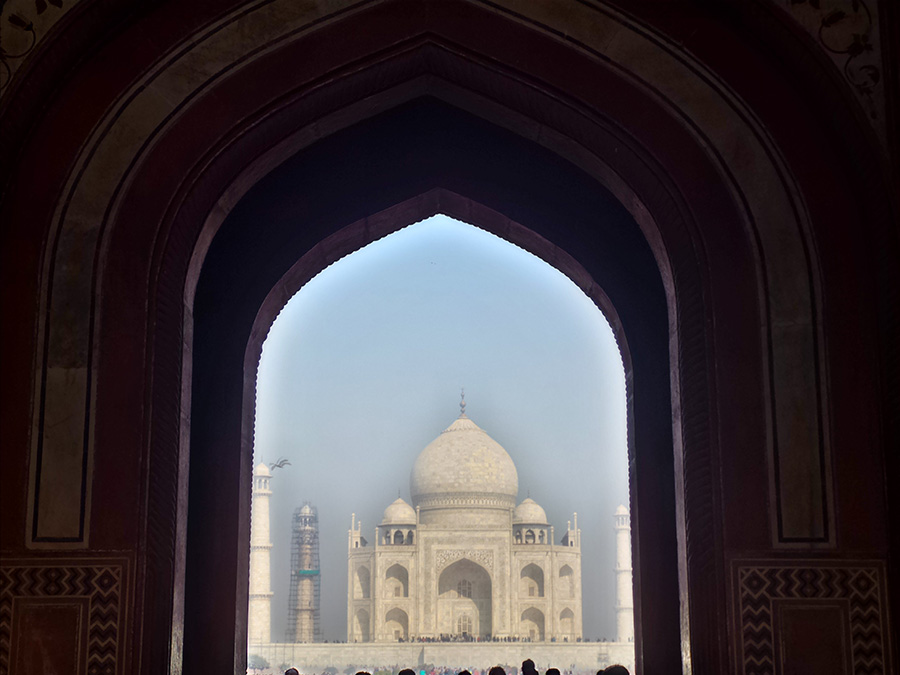 The low-light shots fared much better.
The low-light shots fared much better.
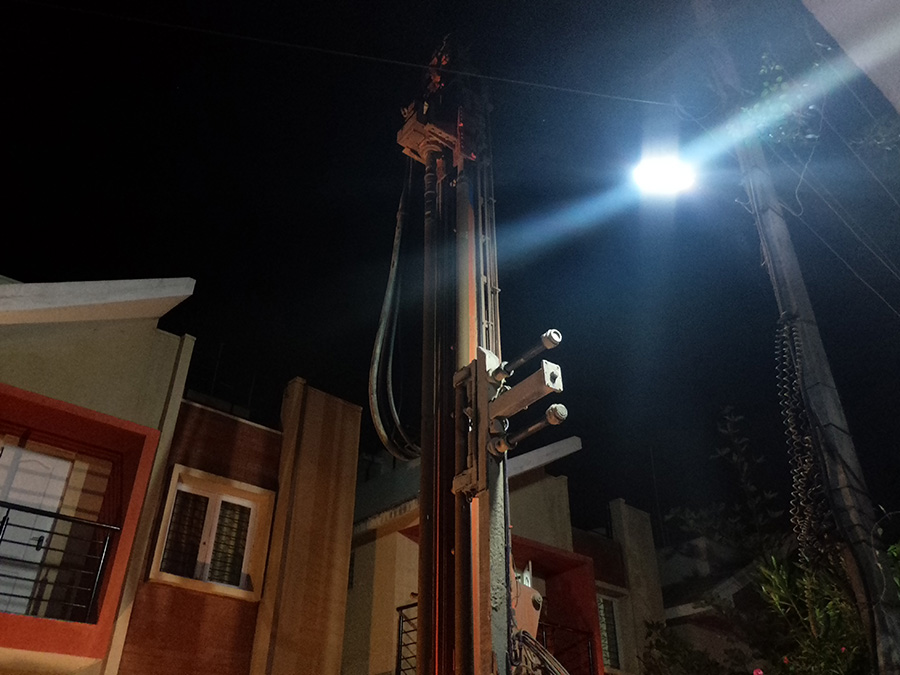 The selfies are bit over-sharpened.
The selfies are bit over-sharpened.
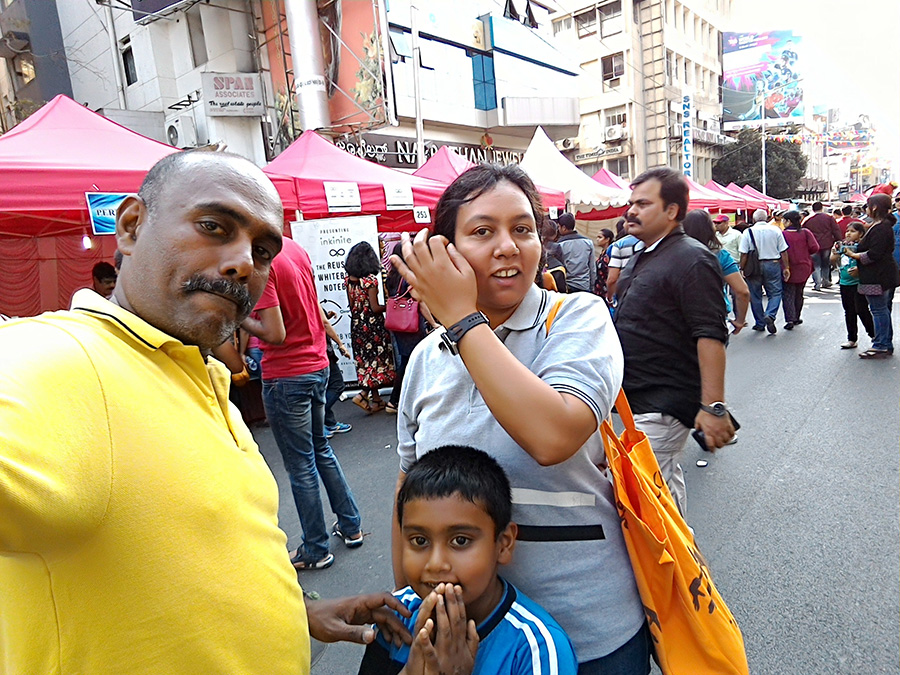 The ZenUI’s camera app is one of the better one in the market. It has a host of features neatly laid. There are more than a dozen presets which enables anyone to explore it and is a no brainer.
The ZenUI’s camera app is one of the better one in the market. It has a host of features neatly laid. There are more than a dozen presets which enables anyone to explore it and is a no brainer.
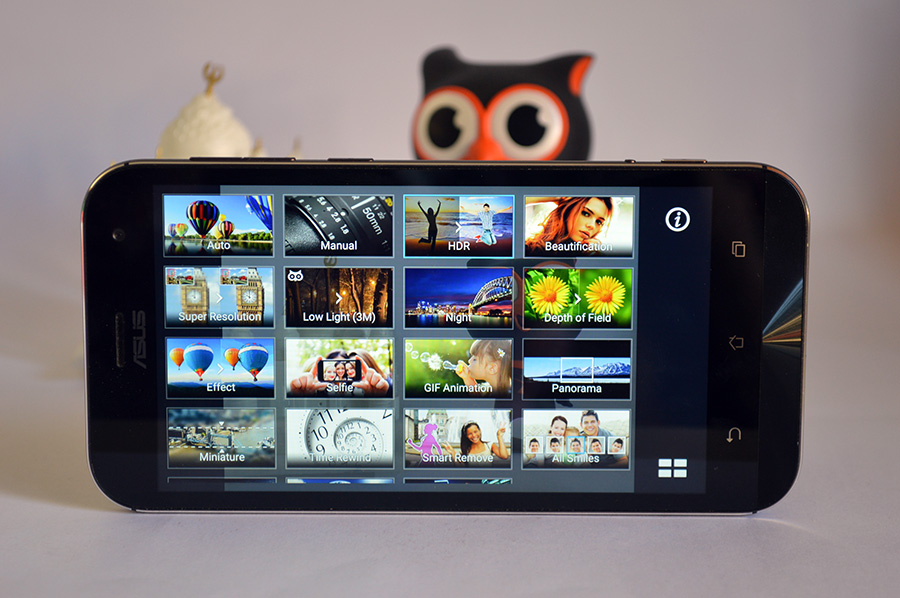 If you know to use the camera a bit like a pro, the manual mode comes into the scene. Plus, the laser autofocus makes the it very snappy. So you know what Asus wants to deliver – a DSLR like control, optical zoom, OIS for the masses and also a camera substitute when you are not always carrying your DSLR. While they were almost at it, it’s a shame that a camera phone which aims to deliver DSLR like experience and targeted at pro users lacks some serious stuff like RAW format and doesn’t support 4K videos. Not that many take 4K videos regularly but would always be nicer to have that option. Also, you lose optical image stabilization when trying to capture video above 720p. Also when it comes to quality of images, while it offers decent pictures, all the research and mechanics that has gone into the hardware doesn’t make it to the top of the list. It takes good pictures but not necessarily great pictures.
If you know to use the camera a bit like a pro, the manual mode comes into the scene. Plus, the laser autofocus makes the it very snappy. So you know what Asus wants to deliver – a DSLR like control, optical zoom, OIS for the masses and also a camera substitute when you are not always carrying your DSLR. While they were almost at it, it’s a shame that a camera phone which aims to deliver DSLR like experience and targeted at pro users lacks some serious stuff like RAW format and doesn’t support 4K videos. Not that many take 4K videos regularly but would always be nicer to have that option. Also, you lose optical image stabilization when trying to capture video above 720p. Also when it comes to quality of images, while it offers decent pictures, all the research and mechanics that has gone into the hardware doesn’t make it to the top of the list. It takes good pictures but not necessarily great pictures.

